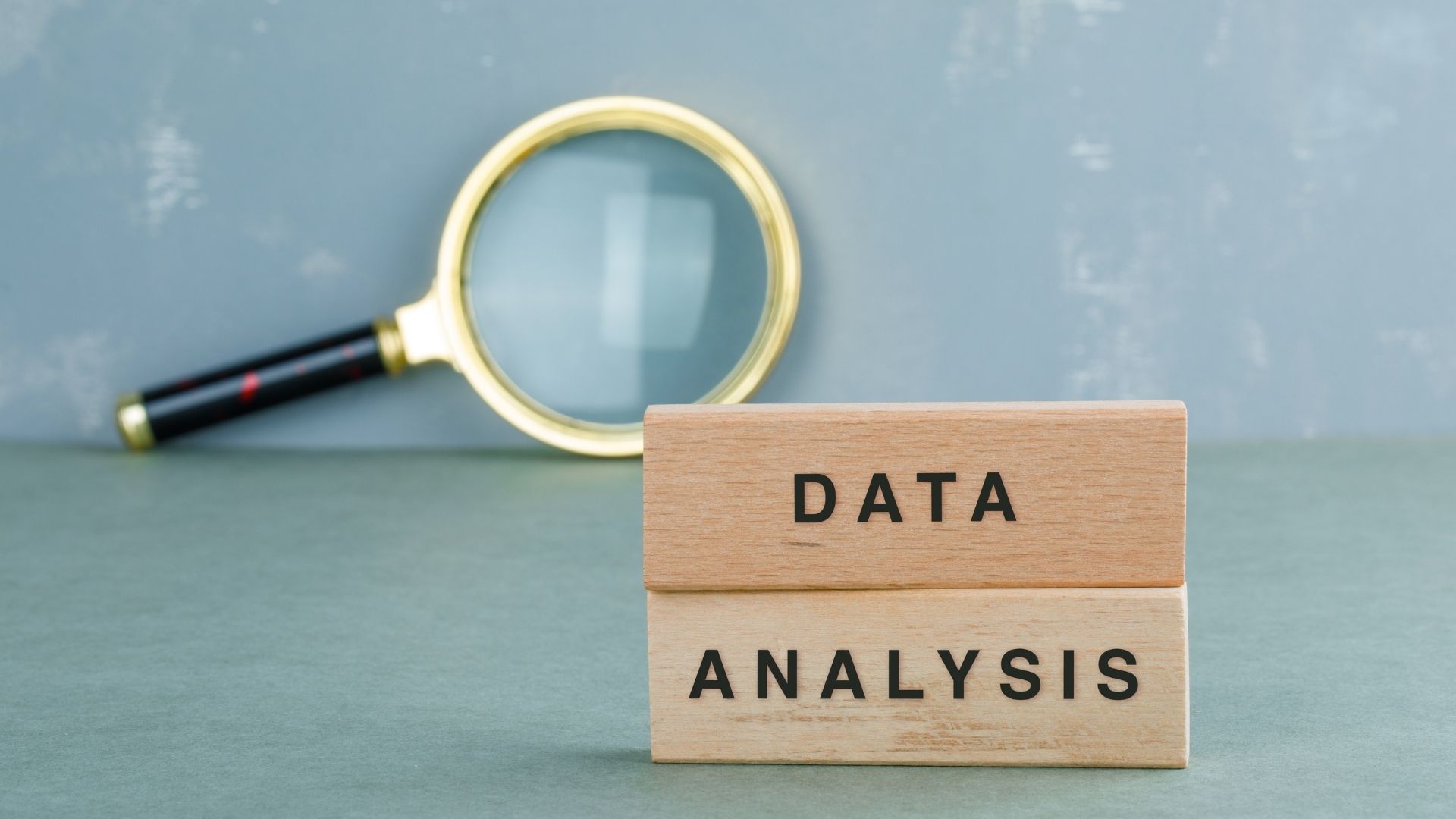Data Analysis is the process of examining data sets to draw conclusions about the underlying information. It involves cleaning and filtering data, transforming data into insights that can be analyzed, visualized, and used to inform decisions.
Data analysis can help identify patterns and trends in the datasets, provide an understanding of how the data is related or connected, and uncover potential areas for further investigation.
Technique of Data Analysis
The process of data analysis involves a variety of techniques and tools, such as statistical analysis, machine learning algorithms, natural language processing (NLP), and cognitive computing systems. Depending on the type of dataset being analyzed, different types of analytical approaches may be required. For example, in analyzing financial or medical records, statistical models may be applied to determine correlations between variables while NLP may be used to find sentiment in customer feedback.
In terms of cleaning data for analysis purposes, this involves ensuring that all elements are standardized so that comparisons can be made accurately across different datasets. This includes dealing with issues such as missing values or inaccurate information within a dataset by replacing them with reliable estimates; removing duplicate entries; correcting inconsistencies between sources; formatting dates correctly; and verifying accuracy within fields. Additionally it requires reordering elements so that they are consistent across different databases.
Cleaning data for accuracy is also important for making sure there are no unintended errors produced when conducting analytics on a dataset since this could lead to incorrect assumptions being made about the underlying information due to incorrect assumptions about the quality of the source material. As such it is one of the most important aspects when it comes to preparation for any kind of advanced analytics work related to a given dataset.
Conclusion
Finally it also implies identifying, eliminating or combining outliers — values that don’t fit with the rest — before they interfere with further analysis steps. By following good practices in terms of cleaning data prior to analysis allows for more meaningful results from subsequent analyses such as predictive modeling or trend recognition.

